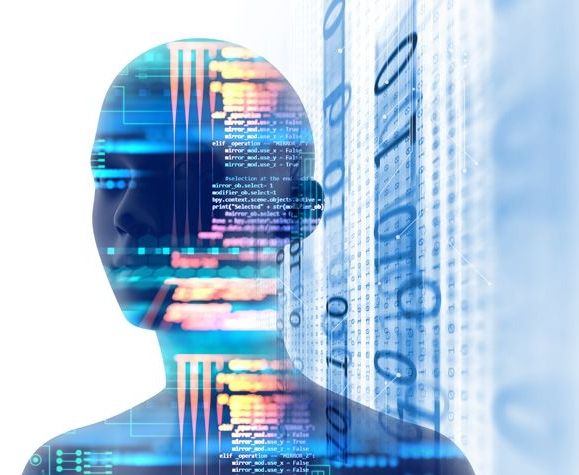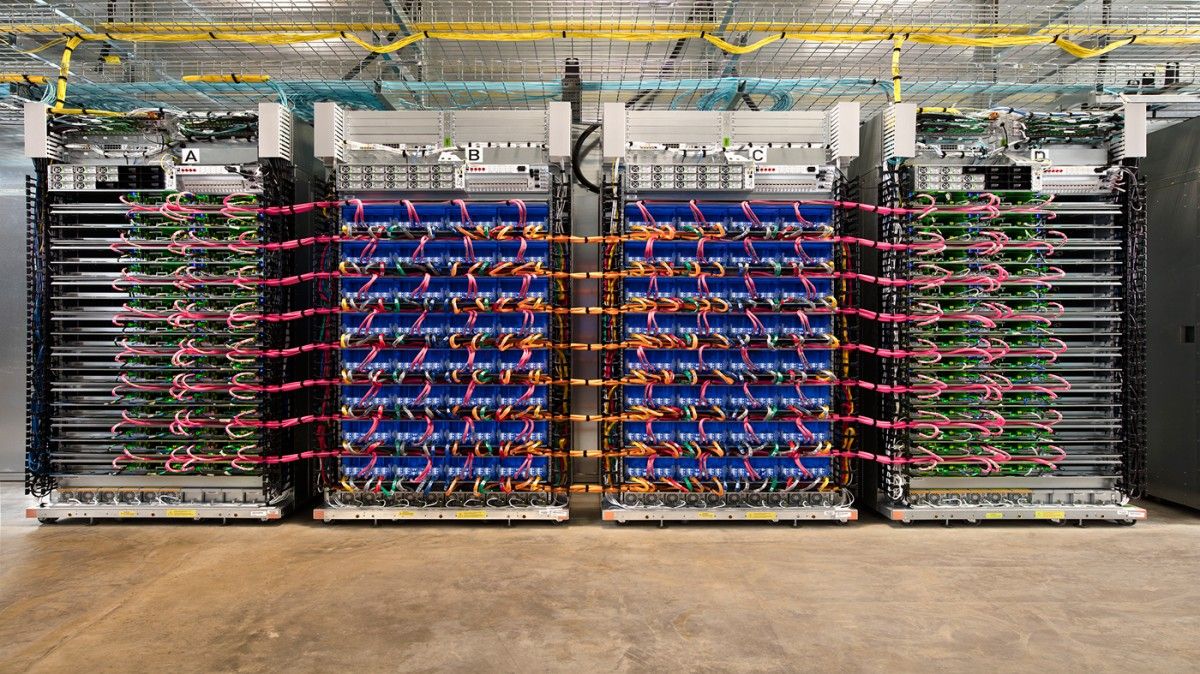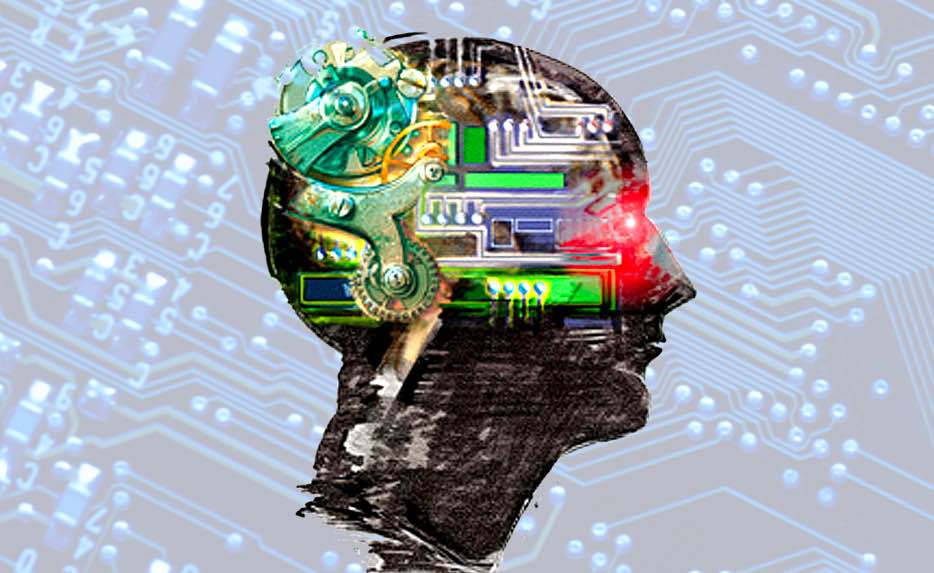Jun 10, 2017
Are We Building Artificial Brains And Uploading Minds To The Cloud Right Now?
Posted by Dave Holt in categories: robotics/AI, supercomputing
https://youtube.com/watch?v=amwyBmWxESA
When people post their emotional responses to social media and through their free email account(s), they are loading their human personal emotional responses, judgments, and biases into a large computer and cloud database? Everything we post and respond to is data somewhere. The truth is, hundreds of millions of people around the planet do this every day, 24 hours a day, seven days a week.
Are we uploading our brains to a cloud on a supercomputer and evolving into an artificially intelligent machine? This question and more…
Continue reading “Are We Building Artificial Brains And Uploading Minds To The Cloud Right Now?” »

















